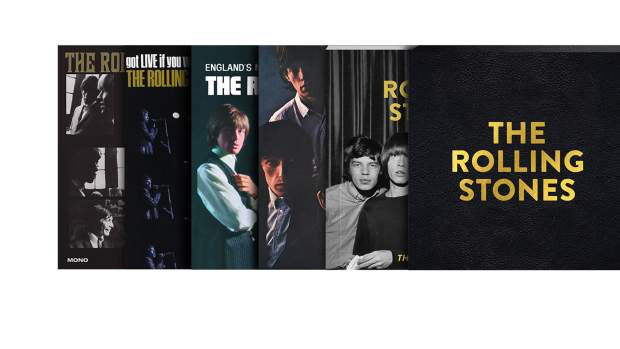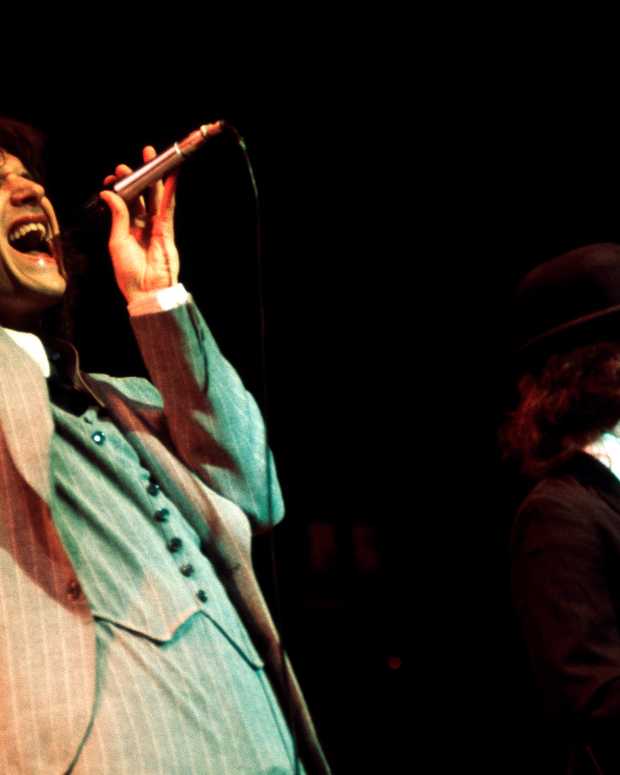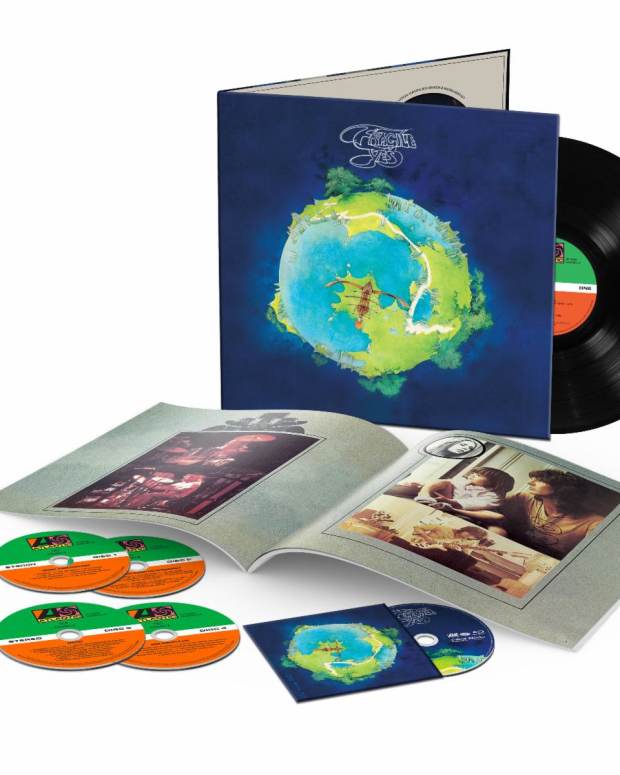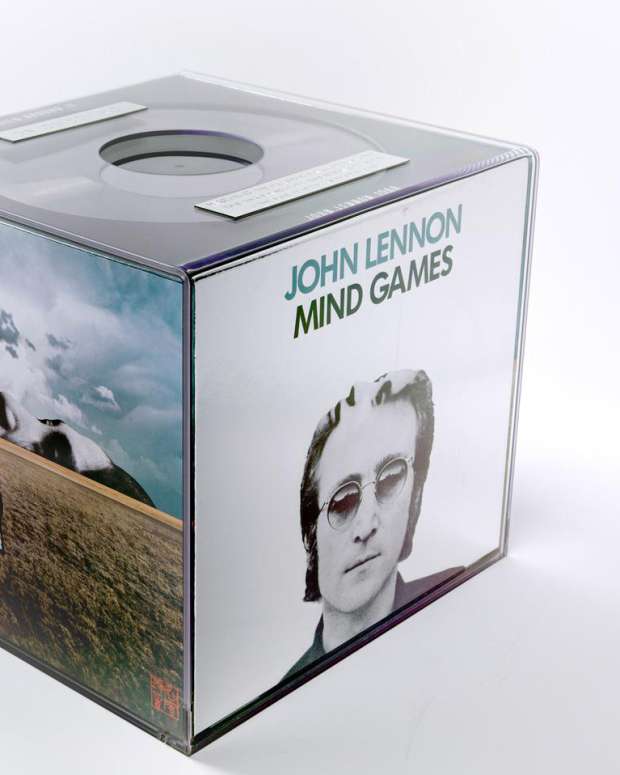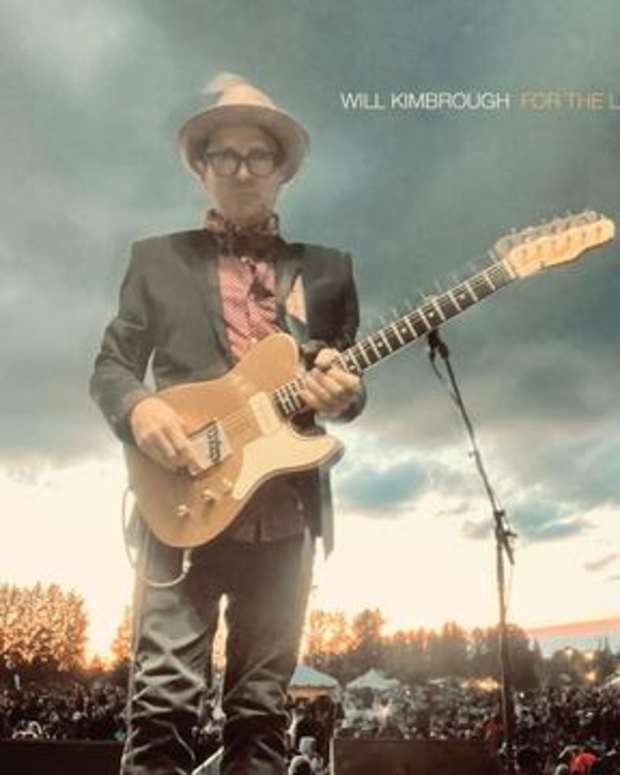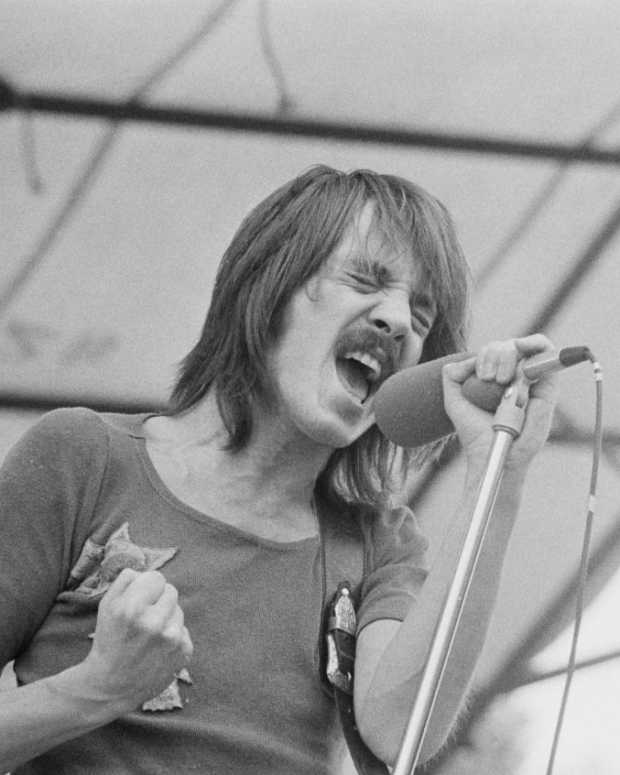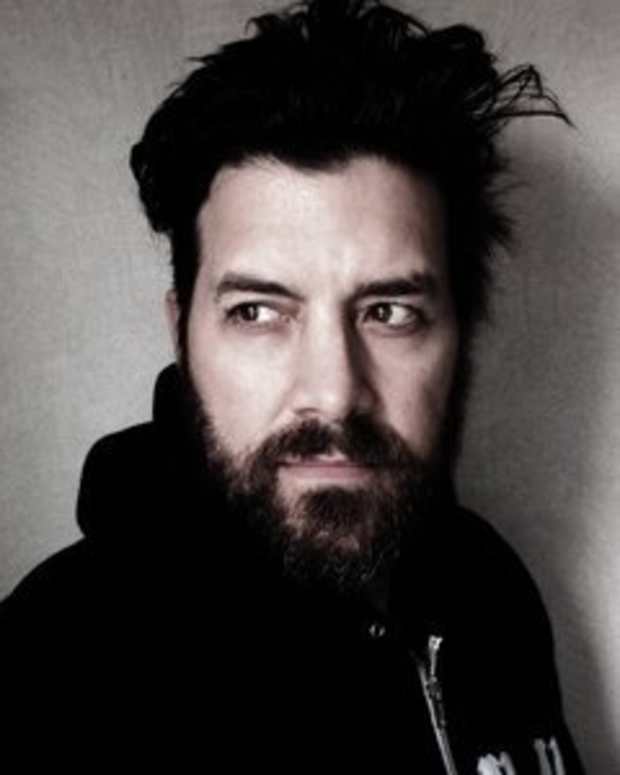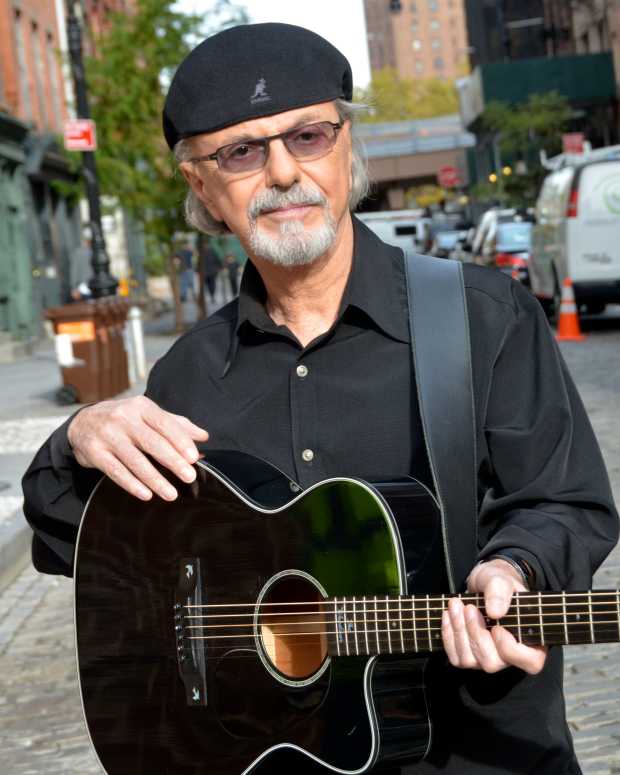Micky Dolenz channels inner crooner with ‘King For A Day’
By David M. Beard
You may remember him first as a member of The Monkees, but there’s more to Micky Dolenz than you can shake a drumstick at. This member of the “prefab four” is back with a new project: “King For A Day.” which spotlights the songwriting work of Carole King. David Beard caught up with Dolenz to talk about “King,” the inspiration for “Pleasant Valley Sunday” and what’s in the works for The Monkees’ 45th anniversary.
Of all the gifted writers you’ve worked with as a Monkee, what was it about Carole King’s music that stood out to you that inspired you to record this album?
Micky Dolenz: That’s like asking someone why they like Pablo Picasso more than they like Vincent van Gogh. I can’t tell you. I don’t have an answer. I just responded to her tunes. I think it’s unfair to single Carole out, because Tommy Boyce and Bobby Hart, for instance‚ wrote incredible songs for The Monkees. They wrote some of our biggest hits, produced and were responsible for the original Monkees sound. So they cannot be discounted. I may very well do a Boyce & Hart cover album one day. I might also do a Neil Diamond. Harry Nilsson was one of my dearest friends and had his first hit with The Monkees. When the record company came to me and asked me if I wanted to do a CD, I had a few different ideas … One was to record a Harry Nilsson CD. I know I enjoy singing “Sometime in the Morning,” “Pleasant Valley Sunday,” “Porpoise Song” and “As We Go Along,” so it just shook down that way. I think the title, “King For a Day,” is pretty cool, too. It also needs to be said that Carole wrote with some amazing songwriting partners, the main one being Gerry Goffin.
How did you come to work with Jeff Foskett and Gary Griffin?
MD: I had heard of Jeff and Gary, but I didn’t know them. We discussed and met with a couple of producers. It was Gigatone who felt that Jeff was the ideal match. They asked me at one point if I wanted to produce it and I said, “No way!” I wanted to be the singer on this album. I wanted my contribution and my energy to be spent on the vocals and on singing. We had a great working relationship. I was involved in the song choices and also in the way some of the songs might be treated differently. I said, “Hey, I’m Frank Sinatra! You guys are doing everything else.”
Yeah … This collection has a very strong crooner feel to it.
MD: Sinatra, Tony Bennett and Sam Cooke were big influences on me, and actually, Johnny Mathis even more in my early days. I’ve done a lot of Broadway musicals recently, and that altered my training and, to some degree, my way of singing. I started having to train for the first time in my life as a singer. In the early days of rock and roll and The Monkees, I was standing up there screaming, which is what you do in rock and roll. My influences on that level were Chuck Berry, Little Richard, Jerry Lee Lewis, Fats Domino and early Elvis Presley. When I was doing The Monkees, I really didn’t have time to think about much. I would go in the studio — during that period of time — at night (after having been on the television set for about 12 hours) I would go into the studio and sometimes do three lead vocals in a night. That’s just the way we had to do it, because there was such a demand for the material.
After The Monkees, I didn’t do any singing at all for many, many years. I went to England and started producing and directing television shows, films and stage. I didn’t do any singing at all. Then we came back and had The Monkees reunion, and I was singing The Monkees’ songs again. Then, in the mid-1990s, I started doing musicals. I got real lucky and got cast in Elton John and Tim Rice’s “Aida” as the villain; it was semi-operatic. I really had to sing in full voice every night hitting a B-flat. I realized I better do a little bit of formal training, because I didn’t want to blow my vocals out doing eight shows a week. I started taking lessons from a vocal coach. I must admit it has changed — a little bit — the way I sing and the way approach singing, etc. I’d like to think that some of that is reflected in the CD, “King for a Day.”
Talk about the duets with Bill Medley, Emily Osment and your sister, Coco.
MD: I had met Bill over the years, and Jeff knows him quite well … that’s how that happened. With Emily, I was invited to be a celebrity red carpet guest for the premiere of the second “Hannah Montana” film, and I was walking out at the end of the movie, and some guy walks up and stops me and says, “Listen, I’m so sorry to stop you and interrupt you, but my daughter is one of the co-stars of the movie, Emily Osment.” I said, “How cool!” I knew who she was. He said, “She is a huge fan! She’s singing, doing her own music now and getting her CD together … She’s such a huge fan and you were a big influence on her with The Monkees. Would you mind meeting her?” I said, “Oh, sure.” We were introduced and traded business cards. It was months later when we were discussing the CD and the record company was talking about the possible duets, etc. I did not want to do a duet album. Bill Medley was hugely appropriate. I’m a big fan of The Righteous Brothers. I mentioned that I had met Emily, so they got in touch with her agent and manager. Emily was thrilled to do it! As soon as I decided to record “Crying in the Rain,” I knew I had to do it with my sister, Coco, to give it that Everly Brothers kind of feel.
Tell me about your decision to record “Pleasant Valley Sunday” for myRecordFantasy. I understand this will be a bonus track on a deluxe edition of your album. Also, reflect on the song and its history; it really speaks to our overview of society.
MD: “Pleasant Valley Sunday” is one of my favorite songs and is still one of the great rock songs of all time. The sentiment in the song still plays to some degree, because it’s about not becoming complacent and taking things for granted. We decided to record it for the fantasy camp.
You’re right about the social commentary. Carole and Gerry were going to Don Kirshner’s house and they were on a street called “Pleasant Valley.” That’s where they got the idea for the song, because it was an area that has green lawns and barbecues ...
One day, only a few years ago, a gentleman came up to me who was a big Monkees fan, and he was actually Afro-American. He told me he was a big fan and watched the show, etc., but he said he didn’t get “Pleasant Valley Sunday.” I can’t remember how he put it, but he said, “I didn’t get that song.” I said, “What do you mean?” He said, “Well, all my family, friends and everybody I knew would have given anything for that kind of a life!” Just to have a barbecue and a lawn with a TV in every room. I thought, ‘My God, what an interesting observation, because it only (really) applied to middle-class kids.’ That was a part of that whole social evolution.
What was it like working with Peter Tork again for the recording?
MD: Well, it wasn’t so much work … Peter was really there to meet and greet the fans and to join us for a couple of the live jams we did. It was really a great party with all the attendees. While we were recording the 25-plus attendees for background vocals on “Pleasant Valley Sunday,” I was in the booth sort of directing. Peter, just out of his own bag, jumped into the studio and started conducting this choir of people. I sure as heck couldn’t have done it. Peter gave them parts for their harmonies. We captured it all on video. Afterward, he sent me an e-mail and said, “I didn’t know I was a choir director.” [Laughs] It came out really, really great!
Next year marks the 45th anniversary of The Monkees. Is there anything in the works?
MD: There’s always something in development. My answer’s always the same: “Make me an offer.” As you know, “The Monkees” was a television show. Raeburn Productions was running the whole thing; RCA and Colgems were doing the records (along with Don Kirshner). When the show went off the air, at that point, and to this day, there has never been an actual “Monkees business.”
Through the years, we’ve had people track us down for different events. That’s always the way it’s been. There’s no equivalent to, like, The Beatles’ “Apple Corp.” Over the last several months, I’ve had people get in touch with me, and I tell them, “Yeah, I’m interested.” I’ve learned to never say never. There’s a big demand out there … there always has been.
What would you like to see happen if something were to happen?
MD: I loved “Justus” and that process. I’m not sure if that will ever happen again ... I suspect if we were to get together, it would probably be like the later Monkees albums were done, where we each bring ideas and songs to process.
Beard is the editor and publisher of Endless Summer Quarterly.
For related items that you may enjoy in our Goldmine store:
• Get the closest thing to the full Woodstock experience with the book "Woodstock Peace, Music & Memories."
• Get the new John Lennon book: "John Lennon: Life is What Happens, Music, Memories & Memorabilia"
• Get the invaluable record collector's resource: Goldmine® Record Album Price Guide, 6th Edition



